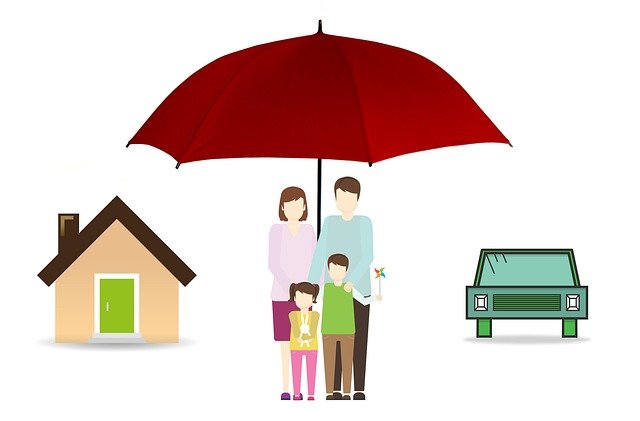Safe handling of hazardous materials and electronic waste
Clearing a home involves more than removing clutter: it requires careful handling of hazardous materials and electronic waste to protect people and the environment. Whether managing an estate, arranging removal, or coordinating recycling and donation, understanding safe sorting, transport, and disposal reduces risk and helps preserve value.

How does decluttering reduce hazards?
Decluttering is the first practical step in making a property safe. Systematic sorting separates general household items from hazardous materials such as batteries, paint, solvents, pesticides, and old cleaning agents. When you declutter with safety in mind, you reduce the chance of chemical interactions, accidental spills, and fire risks during removal and hauling. Use clear boxes or labelled bags to indicate contents and keep incompatible items apart. This approach also helps later stages—recycling, donation, resale, or upcycling—by creating clearer inventory and allowing professional teams to identify what requires special handling.
What should estate handlers note about hazardous items?
When clearing an estate, documentation matters: compile an inventory and valuation of items while noting hazardous contents and electronic equipment that may contain regulated components. Estates often have legacy electronics—CRT monitors, older appliances with refrigerants, or batteries tucked in drawers—that need distinct processing. Estate managers should flag these items for certified disposal routes and inform removal teams in advance. Accurate inventory and valuation can also identify items suitable for donation, resale, or upcycling, while ensuring that hazardous waste is routed to licensed facilities rather than ending up in general waste streams.
How to plan for safe removal and hauling?
Planning removal and hauling requires coordination between schedulers, crews, and waste handlers. Create a logistics plan that sequences hazardous-material collection first or last as appropriate, allocates protective equipment, and designates containment methods: sealed containers, secondary trays, and secure crates for electronics. Hauling routes should minimize transfers, and vehicles need appropriate segregation to avoid cross-contamination. Communicate with local services about accepted items and any required labelling. For larger jobs, consider hiring teams trained in hazardous-material handling and transport who can manage permits, manifests, and safe loading procedures.
What are best practices for recycling and electronic waste?
Electronic waste should be treated differently from ordinary recycling. Remove batteries and store them separately; wipe or destroy data storage devices where privacy is a concern. Work with certified e-waste recyclers who recover valuable components like precious metals and ensure hazardous elements—lead, mercury, cadmium—are handled properly. For household chemicals, many local services provide drop-off points or scheduled hazardous waste collections. Recycling conserves resources and reduces landfill risk, while proper e-waste processing prevents environmental contamination and supports potential resale or parts reclamation.
How to manage inventory, valuation, donation, and resale?
A clear inventory supports valuation and decisions on donation or resale versus disposal. Tag items with condition notes and photos to speed valuation during estate settlement. Items in good repair may be directed to donation centers or resale channels; others might be suited to upcycling projects that reduce waste. When donating electronics, verify that the recipient can accept them and that any hazardous components have been removed. Document transfers and receipts for donation and resale to maintain transparency in estate management and to demonstrate responsible diversion from waste streams.
How do logistics and scheduling affect safe waste handling and upcycling?
Effective logistics and scheduling reduce time hazardous materials sit on site and lower exposure risks. Coordinate pickup windows with specialized services, and schedule removals so that hazardous collections align with crew availability and local drop-off times. Planning also supports upcycling opportunities: setting aside items for creative reuse or resale requires storage and handling that prevents deterioration. Good scheduling minimizes holding costs and allows smoother handoffs to recyclers, donation centers, or resale platforms, making the entire clearance more efficient and environmentally responsible.
Safe handling of hazardous materials and e-waste during property clearances protects people, property, and the broader environment. By combining careful decluttering, documented inventories, informed removal and hauling, and responsible recycling or donation choices, those managing an estate or coordinating a clearance can reduce hazards while preserving value. Thoughtful logistics and scheduling further ensure that hazardous items are processed by appropriate channels rather than entering general waste streams, supporting both safety and sustainability.






